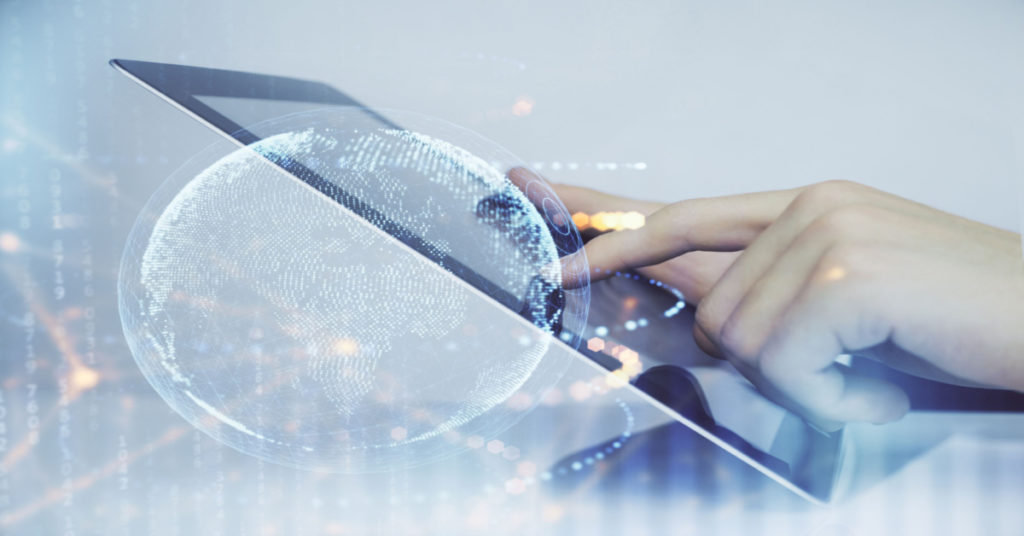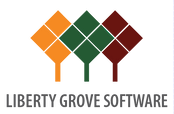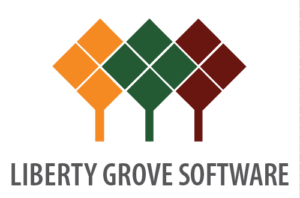Digital Transformation Benefits in the Food & Beverage Industry: Part 1
Over the last decade, perhaps even longer than that, Digital Transformation has been all the buzz. Companies of all stripes, starting with the Fortune 500 and moving down the food chain, began to develop Digital Transformation strategies. These plans would take them on what was often called a "Digital Transformation Journey."

But wait!
Does every business person on the planet actually understand what those two capitalized words, Digital Transformation, mean beyond the dictionary definitions of those two lower case words, namely "digital" and "transformation?" I seriously doubt it.
When searching for meaning, it's often helpful to start with the dictionary. The Merriam-Webster Dictionary online is my go-to source.
Merriam-Webster provides no fewer than ten definitions (!) for the word "digital." But in its simplest form, digital is basically the opposite of analog. Or, more explicitly, something that is composed of data, especially in the form of binary digits.
Merriam-Webster provided only four definitions of the word "transformation," one of them being: false hair worn especially by a woman to replace or supplement natural hair." Who knew? Obviously, not the definition we're looking for. LOL
In a nutshell, "transformation" means conversion or metamorphosis. So, for our purposes, in the context of technology and computer systems, Digital Transformation would mean the conversion from analog to digital.
But wait!
That would be too narrow a definition. Yes, converting from analog to digital is part of Digital Transformation. But only tiny amounts. So, now it's time to look at the bigger picture, wherein Digital Transformation (sometimes referred to as DT or DX) is an organization's adoption of digital technology. Common goals for its implementation are to improve efficiency, value, or innovation.
That makes sense.

A recent article in Forbes tells us: "The goal of a digital transformation is to use technology to solve traditional problems, which means integrating technology into every area of the business. When done right, digital transformation allows companies to provide unprecedented value to customers." 1

Caution!
In that same article, there is also a cautionary tale. "According to research in Harvard Business Review, of the $1.3 trillion spent on digital transformation in 2018, an estimated $900 billion was wasted when initiatives didn't meet their goals." 1
Planning and Strategy
You do need a plan and a strategy for achieving a major Digital Transformation in your enterprise. It would help if you had a roadmap that takes you from the starting to the finish line of your Digital Transformation journey. It's not a day trip. Nor is it a sprint. It's a marathon, a long and winding road with mileposts that translate into goal posts.
You cannot move into the 21st century dragging legacy business management software (ERP) behind you like a ball and chain. You need to free yourself and your company from those constraints, or should we call them restraints.
There is no one size fits all Digital Transformation roadmap because every business is unique. Companies operating in the Food & Beverage sector, the sector Liberty Grove Software specializes in, understand this better than most. That's why we're asking you to stay tuned for…
Digital Transformation in the Food & Beverage Industry: Part 2
Part 2 is coming your way later this month with a deep dive into what your roadmap might look like and how you can use Digital Transformation to thrive as a company in the Food & Beverage industry.
Meanwhile, you can take the step…
We are here to assist you as you plan and strategize your digital journey. Just contact Liberty Grove Software. Call 630-858-7388 or email us at nav@libertygrove.com.


